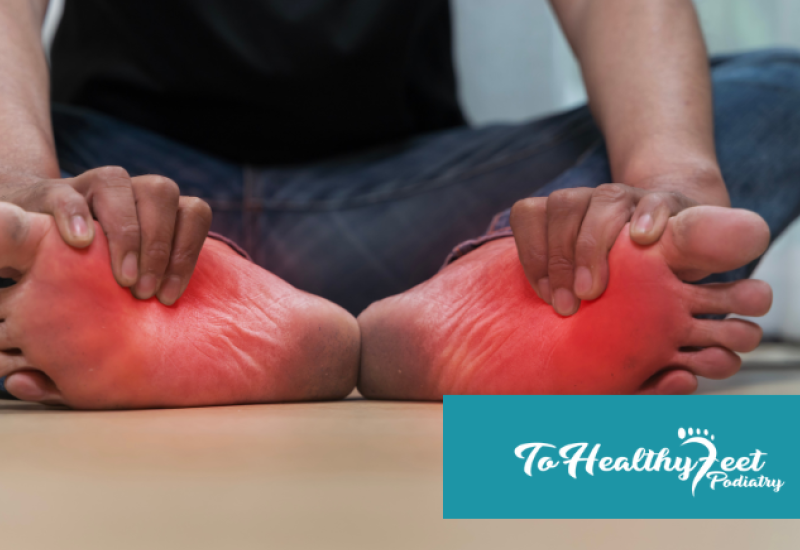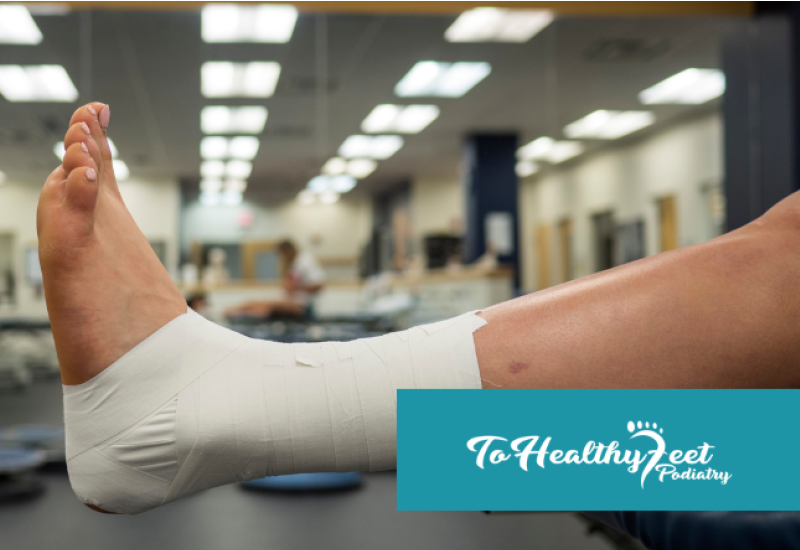Your Options For Bunion Surgery
What Is A Bunion?
When the bones at the joint of your big toe become misaligned you will form a painful, bony protrusion called a bunion (also known as hallux valgus). Without treatment to address the misalignment, your big toe can begin to press under or over your second toe and other bones in your foot can move out of alignment too. Conservative, non-surgical treatments for bunions include:
- At-home treatments of ice and warm compresses, and professional massage or physiotherapy
- Custom orthotics to align your foot
- Splinting to stabilize your big toe while you sleep
- Using moleskin or a protective gel cushion to shield the bunion
- Footwear that can provide ample space and prevent pressure and friction
- Anti-inflammatory medications or injections
- Ultrasound therapy to break up adhesions in the soft tissue and reduce inflammation
When these conservative treatments fail to provide relief or when complications and injuries occur to other parts of your foot or leg due to your bunion, your podiatrist will recommend bunion surgery. There are three types of bunion surgery:
- Osteotomy: This option involves an incision in the joint to realign the position of your big toe
- Exostectomy: This option removes the bony formation of the bunion but does not realign the toe
- Arthrodesis: For this option, your podiatrist will realign your toe and stabilize the damaged joint with metal plates and screws
Open Bunion Surgery
For open, or traditional, bunion surgery, your doctor will make an incision to provide ample access to the bones, tendons, and ligaments of your toe.
Pros Of Open Bunion Surgery
- Can address more complex bunions
- May allow for more precise realignment of severe deformities
- Reduces the risk of bunion recurrence
Cons Of Open Bunion Surgery
- Longer recovery times
- Increased risk of surgical complications including nerve damage and infection
- Higher reported levels of pain after surgery
Minimally Invasive Bunion Surgery
During minimally invasive bunion surgery your doctor will create small, keyhole incisions and use advanced arthroscopic tools to correct your alignment and repair the damaged joint.
Pros Of Minimally Invasive Bunion Surgery
- Shorter procedure
- Reduced time to recover
- Minimal scarring
- Reduced risk of bleeding and infection
- Can usually be completed using a local anesthetic
Cons Of Minimally Invasive Bunion Surgery
- Can be difficult to find surgeons qualified to provide minimally invasive bunion surgery
- Slightly increased chance of unsuccessful surgery
- May not be suitable for patients with severe or complex bunions, or those with arthritis in the joint
Is Minimally Invasive Bunion Surgery the Best Option?
In most cases, minimally invasive bunion surgery is the best option to correct the bunion, restore healthy joint function, and reduce the pain and impaired mobility associated with bunions. But minimally invasive surgery is not necessarily the best option for every patient. Some bunions will require complex realignment that is more suited to open bunion surgery.
Customized Options For Bunion Surgery With Manhattan’s Top NYC Podiatrists
If conservative bunion treatments have failed to reduce your pain and improve your mobility, it may be time to consider bunion surgery. If you are ready to consider bunion surgery and want to know if open or minimally invasive techniques are the solution to get back on your feet, contact the team of expert NYC podiatrists at To Healthy Feet today.
Our expert team of NYC foot doctors in Manhattan can expertly assess your bunion pain, your lifestyle, and your goals for treatment, and determine if conservative treatment or bunion surgery is the right option for you. We provide accurate diagnosis and comprehensive foot and ankle care and have the tools and technologies necessary to provide a variety of tailored treatment approaches including minimally invasive bunion surgery options at each of our Manhattan Podiatry Clinics. If you are experiencing pain due to bunions or any other foot or ankle condition pain, call To Healthy Feet Podiatry at 1-917-398-3668 or fill out the contact form to book your appointment at our Upper East Side, Times Square, Midtown Grand Central, or Downtown Wall Street locations today.
FAQ
Q: How long will bunion surgery take?
A: Bunion surgery will typically take less than one hour and is usually performed under local anesthetic. You will be released the same day to recover in the comfort of your own home.
Q: Will bunion surgery fix my bunions permanently?
A: Bunion surgery is an effective solution for most people as it has an approximate success rate of 85-90%. However, if patients who undergo surgery to repair their bunions continue to wear narrow, high-heeled shoes, especially too soon, they may be prone to developing bunions again.
Q: How long will it take to recover after bunion surgery?
A: Recovering after bunion surgery can take up to 8 weeks. For the first few days, you will have to stay off your foot, keep your foot elevated, and ice your foot frequently to reduce swelling. You may be required to wear a cast or a brace and you will not be able to drive for up to 8 weeks after surgery.




